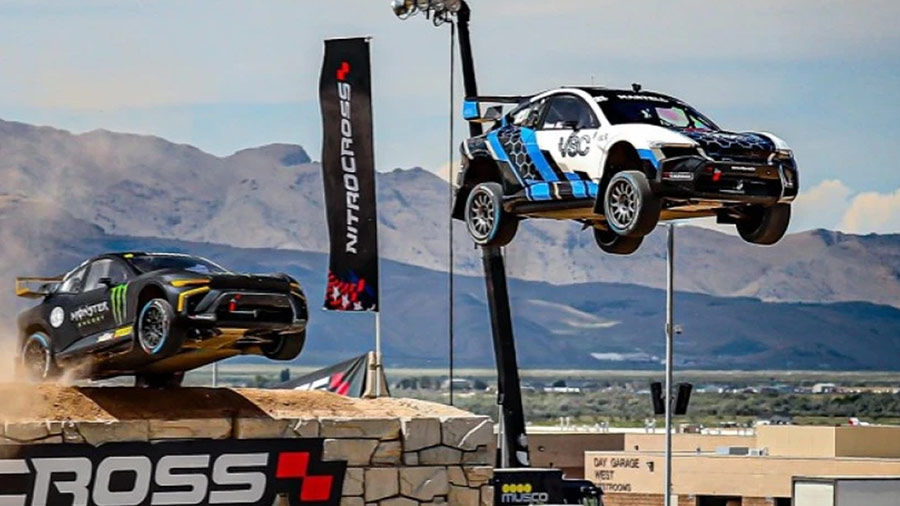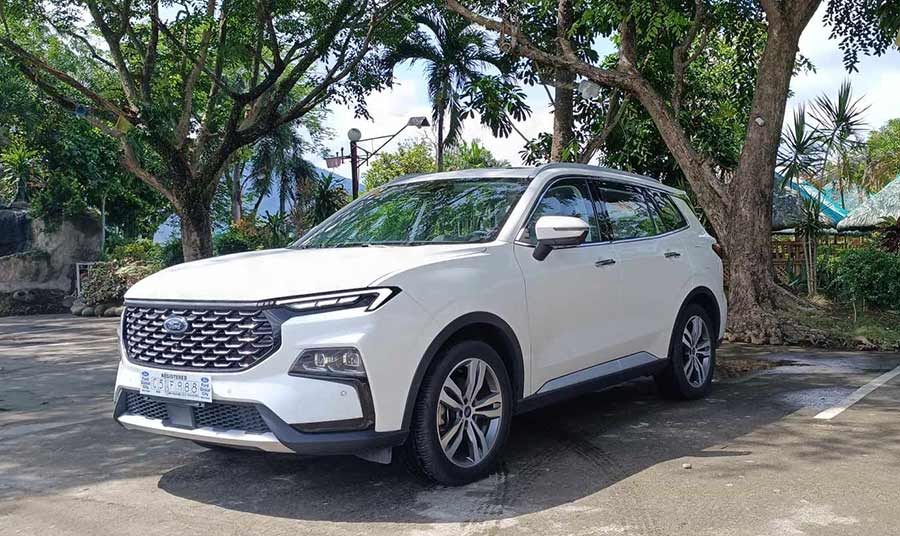THE Nitro Rallycross racing offers some of the wildest racing action, featuring electric vehicles in the Group E class racing on tracks made of slippery surfaces, snow, or dirt. The series which runs exclusively in the United States (for now) includes elements inspired by motocross, such as enormous jumps, adding to the thrill. The FC1-X, the vehicle used in Group E, boasts over 1,000 horsepower and an otherworldly design optimized for rally racing.
The sudden surge in the popularity of the Nitro Rallycross got me thinking. Up to when will the charm and noise of internal combustion engines, which has dominated the motorsport landscape for over a century continue? A silent revolution is underway, propelled by the rise of electric vehicles (EVs) and the increasing demand for sustainable solutions. As the popularity of electric cars and motorcycles soars, so does the prominence of electric racing series, signaling a paradigm shift in the future of motorsport.
Formula E, the ABB FIA Formula E World Championship, is at the forefront of this electric revolution. Established in 2014, this all-electric single-seater series has rapidly gained traction, attracting major manufacturers like Porsche, Jaguar, Nissan, and McLaren. The high-tech, futuristic cars race through the heart of iconic cities, showcasing the potential of electric mobility in a thrilling and accessible format. With close competition, innovative technology, and a commitment to sustainability, Formula E is redefining the motorsport experience.
Initially, Formula E races required mid-race car switches due to battery drain, a practice no longer necessary with advancements in battery technology. Since its inception, Formula E has introduced several novel elements, including Fanboost, which allowed fans to vote for specific cars to receive a five-second 30kW power boost during races. Though controversial, this feature was removed in the 2023 season to enhance the sport’s credibility.
While Formula E is still chasing the speed and popularity of F1, it continues to grow, showcasing closer racing and technological improvements that promise a bright future for electric motorsports.
But the electric revolution doesn’t stop at the racetrack.
Extreme E, the electric off-road racing series, pushes the boundaries of electric mobility to the most extreme environments on Earth. From the Arctic ice sheets to the deserts of Saudi Arabia, Extreme E showcases the resilience and performance of electric SUVs while raising awareness about critical environmental issues. With a unique format that emphasizes gender equality and environmental responsibility, Extreme E is a trailblazer in sustainable motorsport.
The FIM Enel MotoE World Championship is electrifying the world of motorcycle racing. As the first all-electric motorcycle racing series sanctioned by the FIM, MotoE showcases the thrill and speed of electric bikes. Utilizing identical Ducati V21L motorcycles, the series focuses on rider skill and close competition, providing an exhilarating spectacle for fans and demonstrating the viability of electric motorcycles in high-performance applications.
Electric touring car racing involves modified versions of regular vehicles, such as the Hyundai Veloster, competing on track. The eTouring Car World Cup is a thrilling motorsports event featuring relatable yet high-performing electric vehicles. The series includes teams like Hyundai Motorsport, Cupra EKS, and Romeo Ferraris, each showcasing the potential of electric touring cars.
Notable vehicles, like the Hyundai Veloster N ETCR, deliver impressive performance with 960 NM of torque and a 0 to 62 mph time of just 3.2 seconds. The series promises intense racing action with frequent lead changes and close competition, making it a favorite among fans and a testament to the potential of electrified motorsports.
This series demonstrates that electric vehicles can excel in extreme racing conditions, proving that EVs are not limited to urban environments but are also well-suited for high-adrenaline sports like rally racing.
Beyond these major championships, a multitude of electric racing series are emerging, catering to various interests and disciplines. The Electric Production Car Series (EPCS), Electric GT Championship, and eTouring Car World Cup are just a few examples of the burgeoning electric racing landscape. In the motorcycle world, ERRA (Electric Road Racing Association) is leading the charge in developing electric motorcycle road racing, while events like TT Zero and eMoto Racing offer unique and exciting platforms for electric bike competition.
While the momentum of electric racing is undeniable, it’s important to acknowledge that internal combustion engine powered racing will likely continue to exist as long as fossil fuels remain available. Series like Formula 1 and MotoGP have a rich history and a dedicated following, and they will continue to evolve and adapt to meet the changing demands of the automotive industry and the environment.
However, the trajectory is clear: electric racing is the future of motorsport. As technology progresses, battery performance improves, and charging infrastructure expands, electric racing series will become even more competitive, accessible, and relevant.





